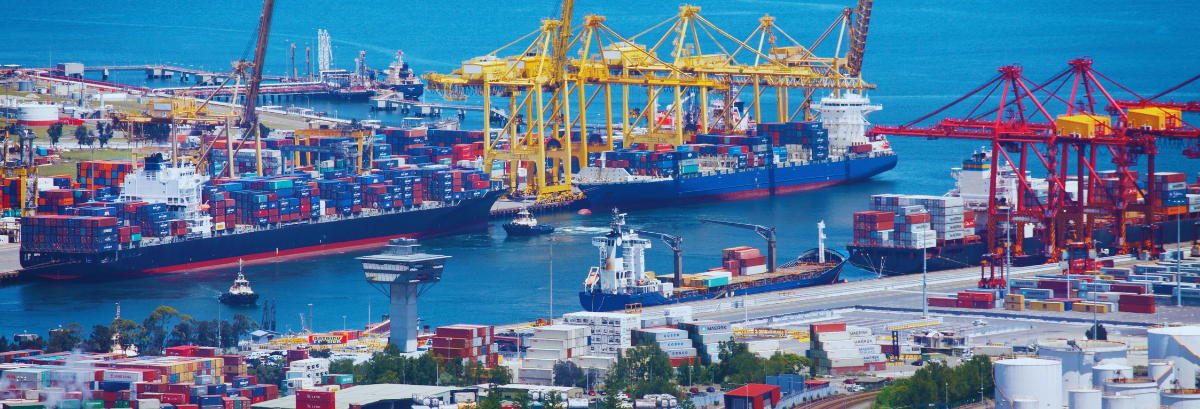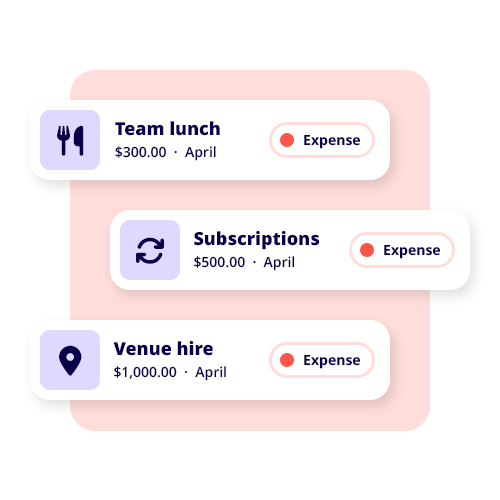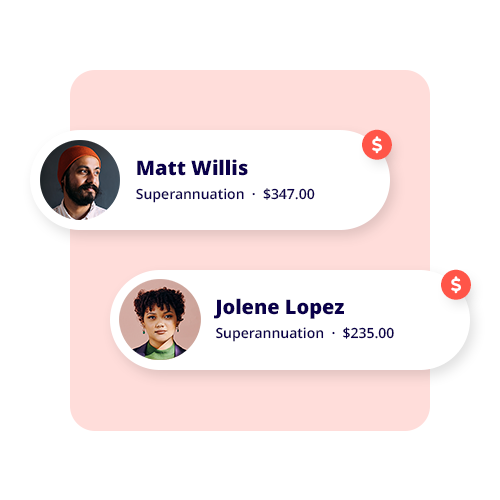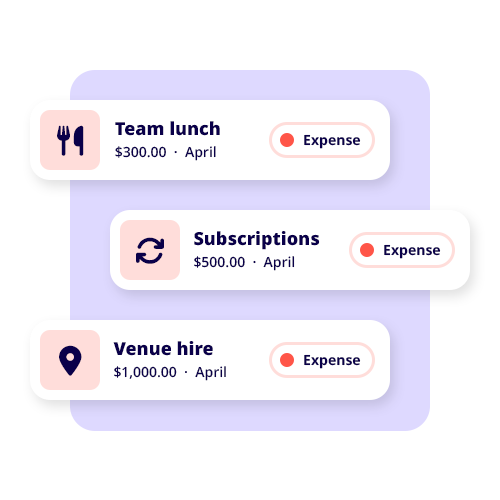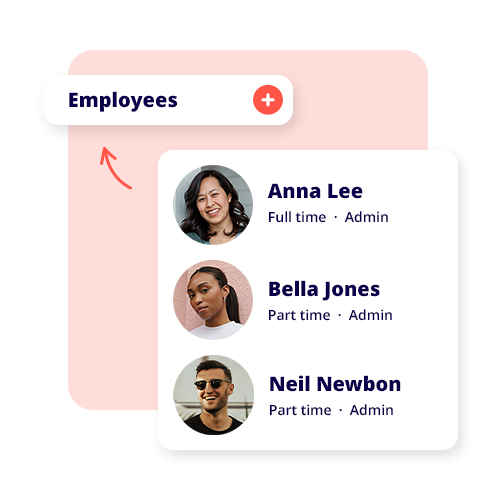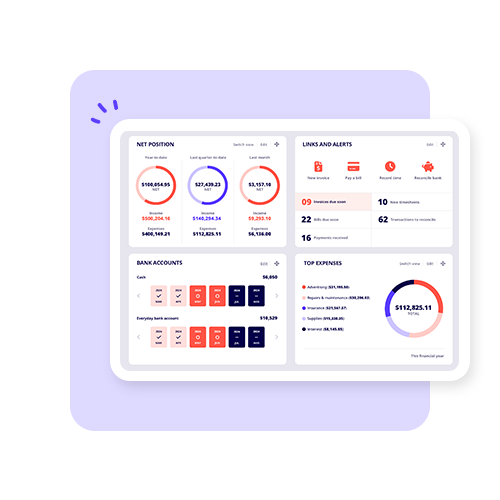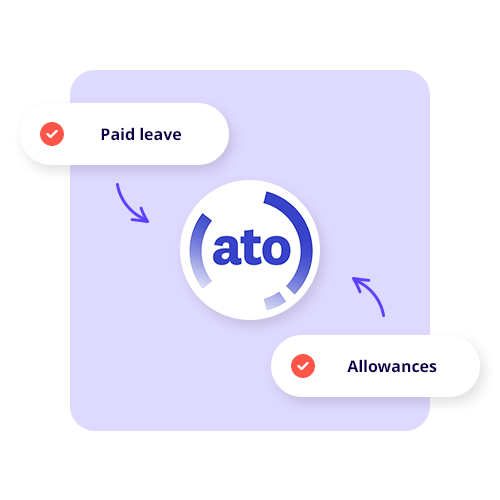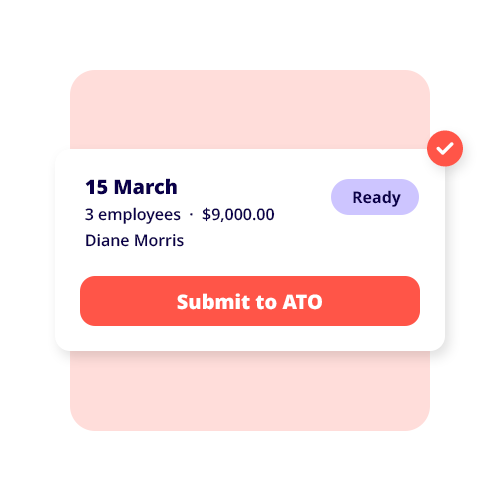TABLE OF CONTENTS
Importing goods into Australia could be a savvy strategic move for growing your business, but first, you’ll want to wrap your head around import tax in Australia to avoid falling into some common traps, which might lead to unexpected costs and delays.
The Australian Border Force (ABF) enforces tax regulations on imported goods so that businesses comply with customs duty, goods and services tax (GST), and other levies. That’s why reading this guide will be helpful: you can familiarise yourself with duties and taxes, the customs clearance process, and special exemptions that might apply to your shipments.
It doesn’t matter whether you plan on importing general cargo or luxury cars — knowing how to calculate customs duty, claim GST credits and take advantage of concession schemes can save you plenty of time and money in the long run.
What is import tax in Australia?
In Australia, the import tax on goods includes customs duty, GST and, in some cases, other taxes like the luxury car tax (LCT) or wine equalisation tax (WET). Taxes apply to air or sea cargo shipments and are collected before the goods are released for sale (or further distribution).
The most common import taxes your small business needs to be aware of include:
- Customs duty: A levy applied to imported goods based on their customs value, usually 5% of the free-on-board (FOB) value.
- Goods and services tax (GST): A 10% tax on the total landed cost of imported goods.
- Other duties and taxes: Extra taxes could apply depending on your product (e.g. dumping and countervailing duties to protect local industries from unfair competition).
Customs duty: How it works
Customs duty is payable on most goods imported into the country. The Australian customs system calculates this duty according to a few different factors, such as the:
Type of goods (as classified under tariff concession orders).
Country of origin and applicable free trade agreements.
Customs value (generally calculated based on the FOB price).
General cargo attracts a 5% customs duty, but this rate does vary. Some imported food products and manufactured goods, for example, could have higher or lower customs duty rates depending on current trade agreements.
The good news is that businesses can use an import declaration to figure out whether customs duty payable applies to your shipments. The import processing charge ranges from $23 to $192, depending on the value and nature of the goods.
GST on imported goods
All goods that are imported into Australia are subject to the goods and services tax at 10% of their total taxable importation value. This includes:
- The customs value of the product.
- The freight and insurance costs.
- Any customs duty payable.
Here’s an example: say an importer brings in a shipment worth $50,000, and the customs duty is 5% (i.e. $2,500), then the GST would be calculated as:
GST = (Customs value + duty + freight + insurance) × 10%
Most businesses will be able to claim GST credits if they are registered for GST with the Australian Taxation Office (ATO). You can then recover GST paid on imported products when lodging your regular business activity statements.
Free trade agreements and concessions
Australia has signed free trade agreements (FTAs) with a number of countries around the world for the purpose of reducing or eliminating import duty on select products. You’ll need to check whether your imported items qualify for duty-free treatment under these agreements.
Also, the Australian government has a few ongoing concession schemes:
- Tariff concession orders (TCOs): A duty-free exemption for goods that are not manufactured in Australia.
- Tradex Scheme: Waives import tax for goods that will be re-exported after processing in Australia.
- Duty-free threshold: Goods valued at AUD$900 or less are exempt from customs duty, with limits on tobacco products and alcoholic beverages. Although this is more for the general traveller rather than small business owners.
Special taxes on certain imports
Beyond customs duty and GST, certain imported goods are subject to special taxes:
Luxury car tax (LCT)
The LCT applies to luxury cars exceeding a certain value threshold. The tax rate is 33% on the value exceeding $91,387 for fuel-efficient cars and $80,567 for other vehicles (as of 2024–25).
Wine equalisation tax (WET)
A wine tax payable at 29% of the wholesale value of alcoholic beverages such as wine, beer, and spirits.
Dumping and countervailing duties
To protect Australian manufacturers from unfair competition, these are applied to imported goods that are sold at below market prices.
Customs clearance process
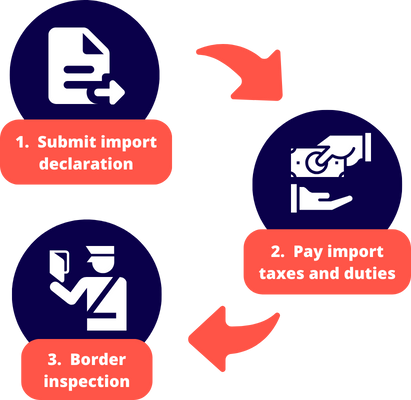
Before goods are released into Australia, importers need to complete customs clearance procedures. It will generally look like the following:
- Submit an import declaration: If the shipment is valued at over AUD$1,000, a licensed customs broker or the importer must lodge an import declaration. The customs processing charge that’s applied is based on the shipment value.
- Pay import taxes and duties: Importers must pay GST, customs duty and any other applicable taxes before the shipment can be cleared. Payment is handled through a cargo company or freight forwarder.
- Border inspection: The Australian Border Force regularly inspects shipments for compliance. There may be a need for documentation like a self-assessed clearance (SAC) declaration for lower-value goods.
Be aware that failing to comply with the customs clearance process can result in — at minimum — delays and fines or — at worst — your goods being seized.
How to calculate import taxes in Australia
Need to calculate customs duty and GST on your imported goods? You’ll first need to figure out the customs duty by multiplying the customs value by the customs duty rate (usually 5%).
Next, calculate GST by adding the customs value, customs duty payable, freight and insurance costs, then multiplying by 10%.
Finally, figure out the sum total import taxes – simply add together the customs duty, GST and any other necessary taxes.
If you aren’t confident about making the precise calculations yourself, it’s a good idea to speak with a licensed customs broker or use a customs duty calculator. The ABF has a helpful page on customs duty calculation routines for more information.
Whether you’re importing food or wine, general cargo or luxury cars, your business needs to comply with the ABF’s latest regulations and make sure all duties and taxes are paid before the customs clearance process is finalised.

